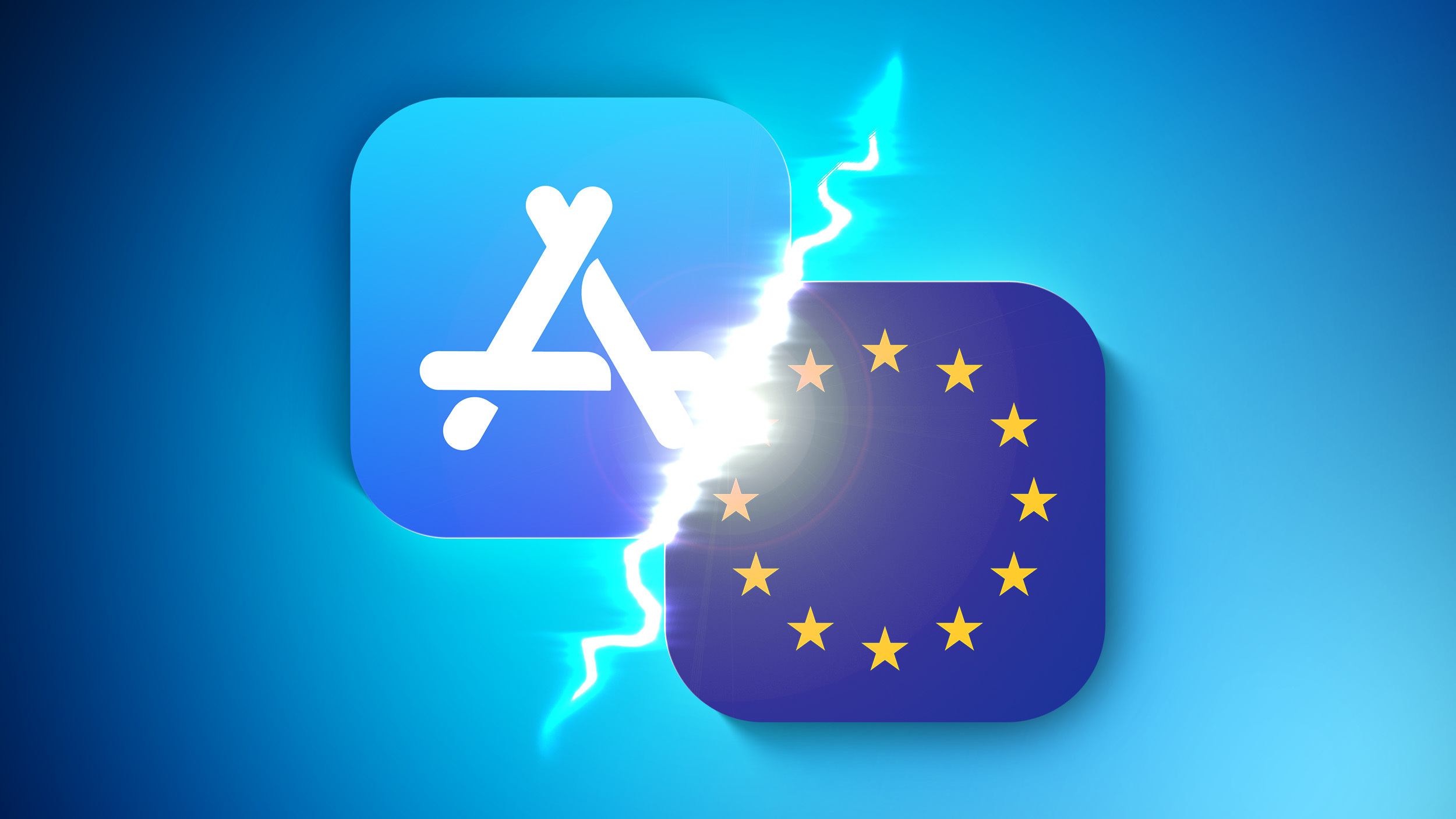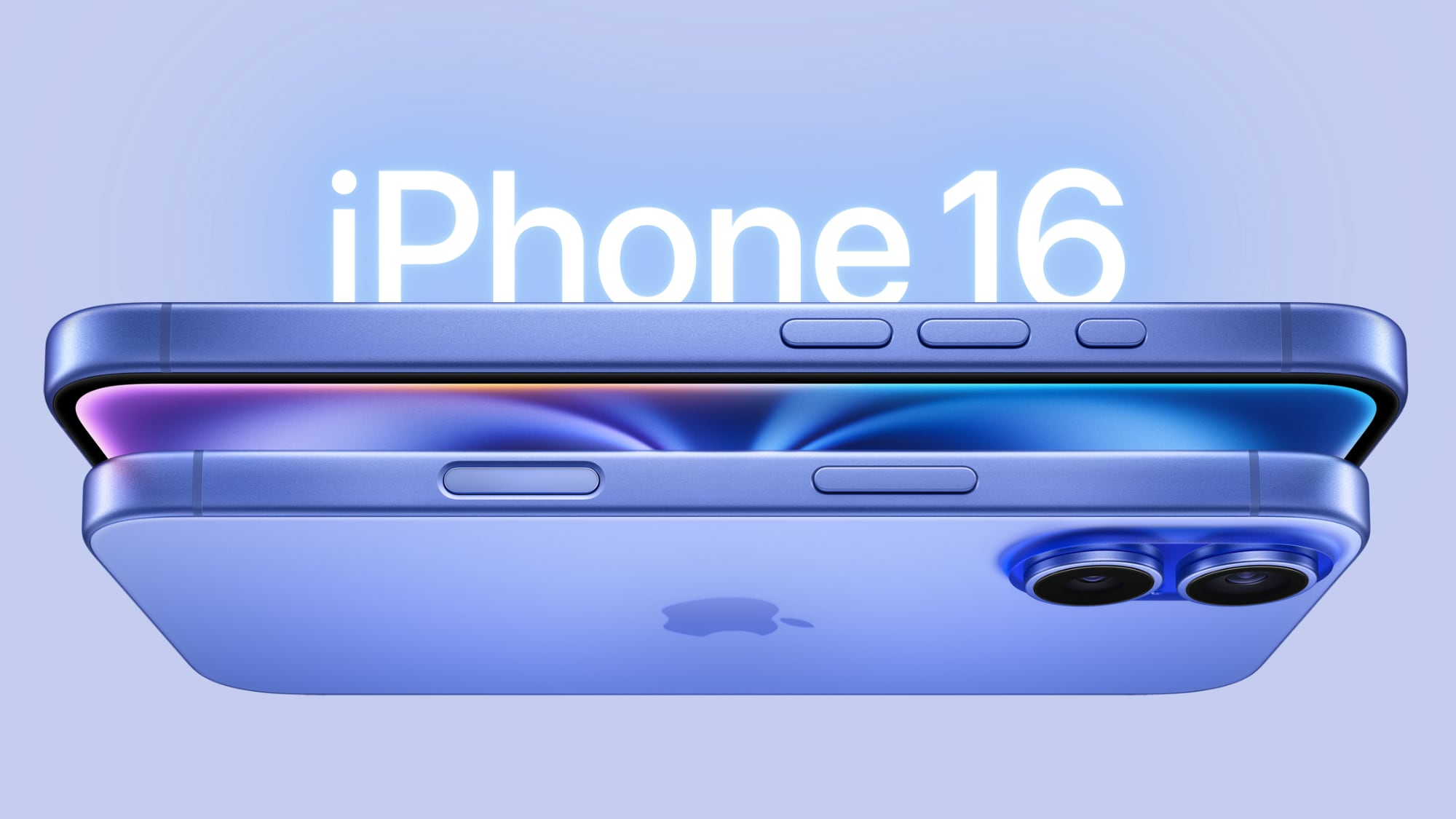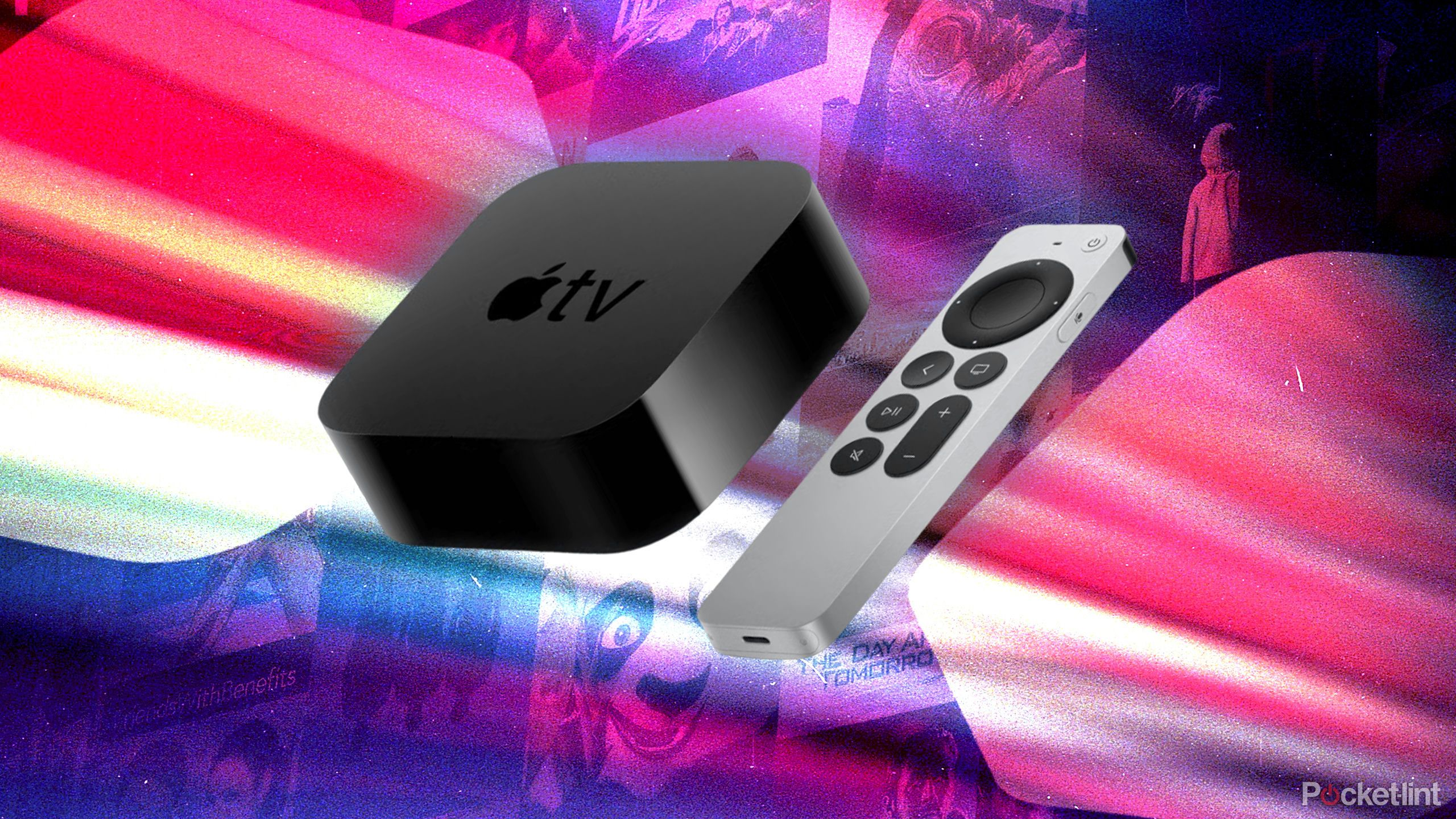The Apple Watch nearly came to Android, but Apple changed its mind – here’s why
It’s long been the case that if you want an Apple Watch, you need to have an iPhone, as Apple’s wearable simply won’t work with Android devices. Yet things were almost very different for one of the world’s best smartwatches, according to a new report from Bloomberg.
According to the article, Apple came close to releasing an Apple Watch that was compatible with Android in a bid to expand its health features to many more people than Apple was previously able to reach. But in the end the idea, dubbed Project Fennel, was canned at the last minute.
That’s because business worries trumped health considerations, the report claims. The Apple Watch is a key driver of iPhone sales because you need to pair it with one of Apple’s devices. “If you gave up the watch to Android,” said a Bloomberg source, “you would dilute the value of the watch to the iPhone.”
Unlike when Apple brought iTunes to Windows despite the initially fervent opposition of then-CEO Steve Jobs, it looks unlikely that the Apple Watch will make it to non-Apple users for the foreseeable future – if it ever does.
A missed opportunity?
(Image credit: Apple)
In many ways, it’s a shame that the Apple Watch has never become compatible with Android. The series has long been in the upper echelons of our guide to the best smartwatches and could have been a fine option for Android fans in its early days, while they waited for Wear OS to get its act together.
But that potential window of opportunity for Apple has arguably now closed as Wear OS watches now offers some strong alternatives to the Apple Watch 9 and its siblings. The Samsung Galaxy Watch 6 is the best Wear OS watch we’ve tried, while the new Google Pixel Watch 2 is also a strong contender that’s arguably better-looking than Apple’s slightly stale design.
On the other hand, keeping the Apple Watch as an iPhone exclusive is also an understandable move that’s paid off in different ways since the wearable was released in 2015. According to Statista, Apple was responsible for 22% of global wearable shipments (the largest of any single brand) in the second quarter of 2023, and the Apple Watch Ultra 2 has set new benchmarks for wearables with its incredible screen.
The Bloomberg report also suggests that Apple is planning to make big advances in the health capabilities of its wearable. This includes its plans to introduce technology that would allow for non-invasive blood glucose monitoring, which would not require a user to draw blood.
If successful – and there’s still a long way to go – that could be a major health selling point for the Apple Watch. The company has been working on this project for years, Bloomberg alleges, with early efforts shrouded in secrecy. But don’t expect to see it any time soon – Bloomberg’s sources say that it’s “unlikely to show up in a product for at least a few years.” Let’s hope the wait is worth it.
You might also like
The Apple Watch is still a long way from its health-tracking holy grailThe best Apple Watch 2023: Top smartwatches to use with iOSThe best smartwatch 2023: top wearable smartphone companions for fitness tracking




